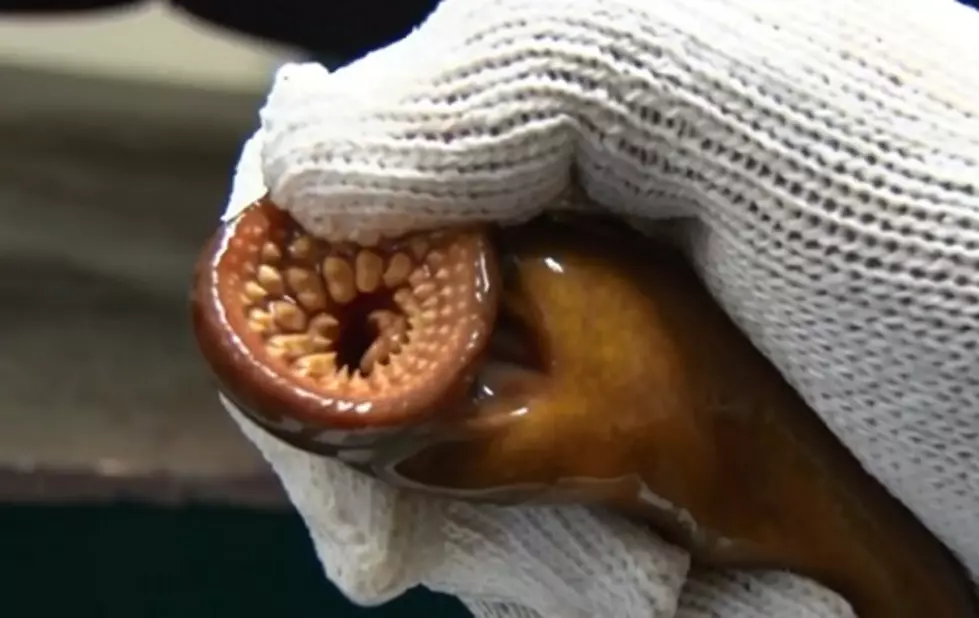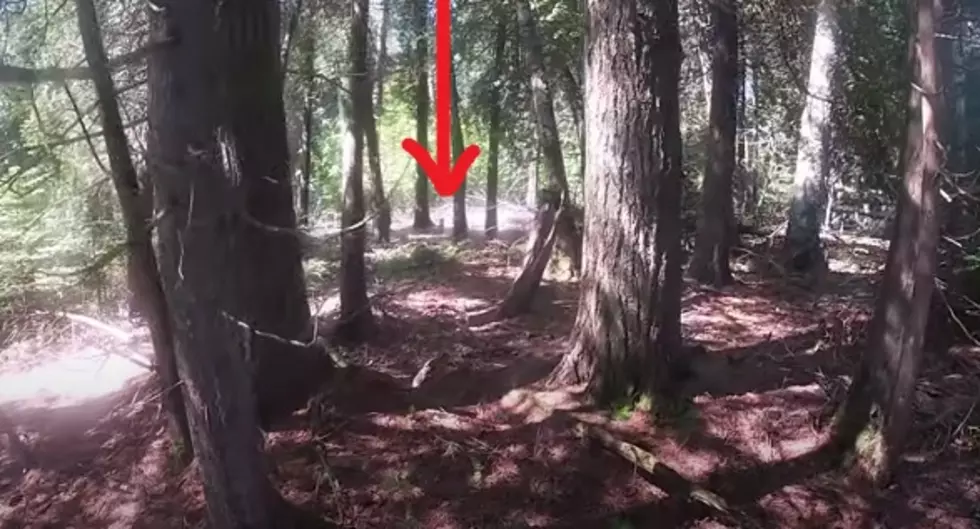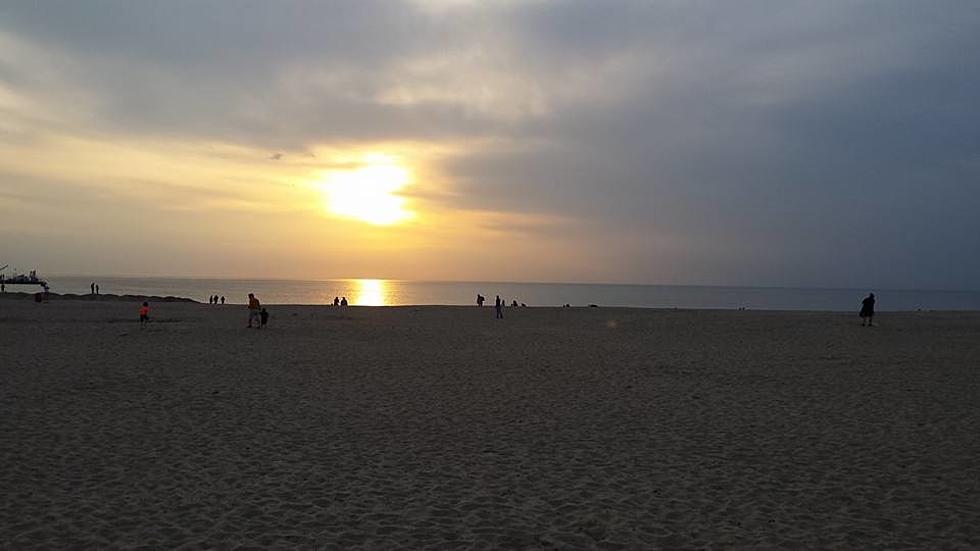
These Creatures are Killing off Fish in the Great Lakes
On one of my trips up north, I happened to stop at a party store around the Paradise area in the Upper Peninsula. The store happened to be next to a creek, so I walked over to take a look……when I did, I saw a pile of dead lampreys that someone had left upon the bank. It surprised me that lampreys had made their way into this tiny creek.
Lampreys are parasitic fish that attach themselves to other fishes and suck out their body fluids. Lampreys have been around, an unchanged – so they say – for over 340 million years. In place of bones, they have cartilage, and their mouth is a disc filled with many sharp teeth to bore a hole in the fish and secure themselves, and a sharp tongue to help suck out the innards.

They originated from the Atlantic Ocean and found their way to Lake Ontario by 1835. Over time, thanks to the Welland Canal, the lampreys were able to make their way to the other four lakes by 1938.
By the 1940’s. the lamprey population exploded, and by the 1960’s, Great Lakes fishery took a huge dive. Lack of good fish means lack of fishery jobs.
Lampreys, that have made their way into the Great Lakes over the many decades, survive on trout, sturgeon, whitefish, walleye, catfish, salmon, and many other large Great Lake fish.
A single female lamprey can produce as many as 100,000 eggs and basically have almost zero predators. But what can be done? The Great Lakes Fishery Commission use lampricides to kill larval lampreys as well as traps, nets, and barriers to squelch lamprey feeding.
Past the pictures below are a couple of videos that explain more about the lampreys and what’s being done to cut them back.
That pile of dead lampreys along the creek bank is an image I’ll never forget.
MORE MICHIGAN CRITTERS!
The Lighthouse of Monarch Butterflies
Michigan J. Frog
Mosquitoes
MORE: Your Personality Based on Which Great Lake is Your Favorite
UP NEXT: 10 Michigan Lakes Locals Have Trouble Pronouncing
More From 1240 WJIM AM








